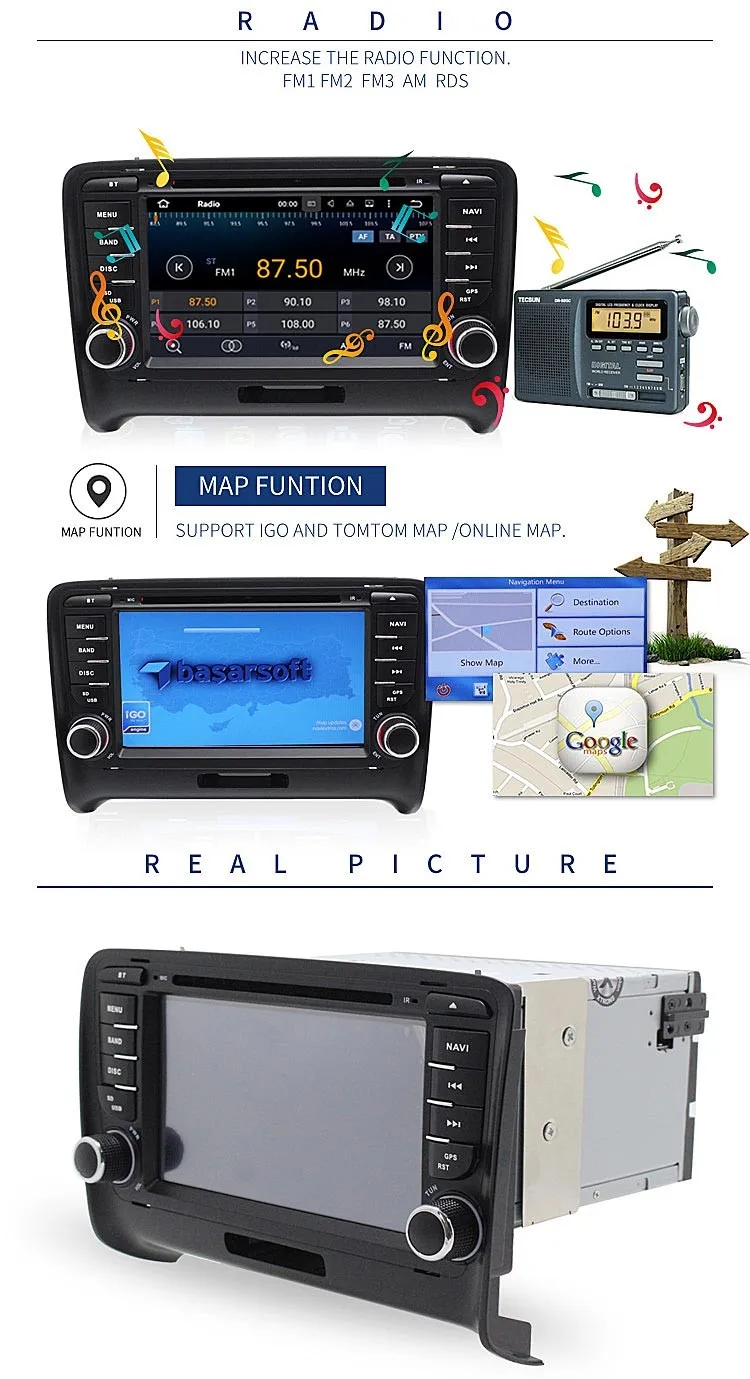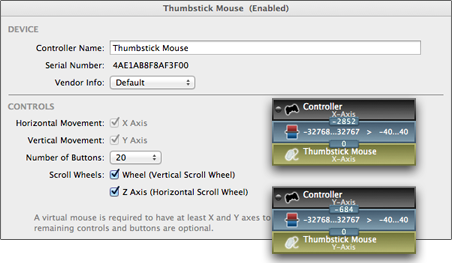

Though this may be true (rarely), the check engine light is part of the emission system and needs to be working properly for the car to pass. My mechanic told me my check engine light is on because of a short circuit in the light, and there is nothing wrong with the emission system. Some auto repair shops will run drive cycles, a specific driving routine, to complete monitors more quickly. Most cars will complete the monitors easily with the above methods, but rarely it will take up to several weeks before they are complete. Some tests only run when the car sits overnight, or is allowed to cool down for several hours. Any two (2) monitors may be incomplete on 2007 and newer diesels. Note that a car can pass with some incomplete monitors…a maximum of one on 1999 and earlier cars, and only one ( The Evaporative System monitor) on model year 2000 and later gasoline powered automobiles.Īll monitors must be complete on 1998-2006 diesel powered vehicles.

Keep a steady foot on the gas rather than speeding up and slowing unneccesarily. One thing that helps is to cruise at a steady speed for several minutes, so a ten-mile freeway drive in light traffic is a good bet. There are specific driving conditions that must be met in order to run various tests, but most of them can be met in normal driving.

OK, my monitors are incomplete…how do I complete them?īasically, drive the car. The systems that control these are not tested during the emissions test, so the visual inspection and OBD II test are needed to check them. Gasoline fumes that evaporate from your fuel tank, and crankcase fumes that collect in the lower part of the engine can escape into the air and create smog. Also, not all the smog a car makes comes out the tailpipe. It does not test what is going on when the engine is cold, idling, decelerating, etc. The OBD II test is a functional test.Īs sophisticated as the emissions test has become, it still only tests your car under very limited conditions… accelerating at 15mph and cruising at 25mph, with the engine warm.

The overall smog inspection consists of three parts…the emissions test, which measures the smog coming out of the tailpipe the visual inspection, to look for broken or modified parts and the functional tests, where other systems are checked to see if they are working properly. My car passed the emissions test…who cares if the monitors are incomplete? OBD II helps ensure that the vehicle is in proper condition to run clean. If a problem turned on the check-engine light, a simple battery-disconnect could turn it off long enough to pass a smog test, even though the problem was still there. In earlier systems (OBD I) there was no long-term record stored of the state of the car’s systems. Also, if battery has been disconnected, replaced or needed a jump-start, the monitors may be erased. I f your car has recently been repaired for a problem that set a DTC (check engine on) and the technician cleared the DTC, he also erased the monitors. There are several reasons why the monitors may be incomplete. If they are not, the vehicle fails the test, because there may be problems in the system that can’t be reported by the computer. When your car gets a smog test, one portion of the test involves connecting the smog test machine to the car’s computer and checking if there are any DTC’s, and also checking to see if the monitors are ready. The status of these tests (complete or incomplete) is referred as the “readiness monitors”. (The light may say “CHECK ENGINE”, “SERVICE ENGINE SOON” or merely be an icon that looks like an engine.) What are “Monitors”?Įven if there are no problems with your car, the results of tests that have been run are stored in the computer as having been completed.
#OBD MIDI MONITOR CODE#
If a problem is detected, a Diagnostic Trouble Code (DTC) is set, and the computer turns on the “Check Engine” light. While you are driving your vehicle, its computer is constantly monitoring and running tests on the various sensors, actuators and electrical parts that make the car run properly.
#OBD MIDI MONITOR DRIVER#
The primary reason OBD II was invented is to reduce smog emissions caused by malfunctions, but it is also valuable as an alert to the driver that something is wrong…something that can affect gas mileage and drivability, or actually cause further damage to the vehicle. OBD II is a system that has been installed in most 1996 and later cars and light trucks, intended to inform the driver of problems in the components that control the engine and transmission. OBD II, “CHECK-ENGINE” LIGHTS, and READINESS MONITORS.WHAT ARE THEY?


 0 kommentar(er)
0 kommentar(er)
